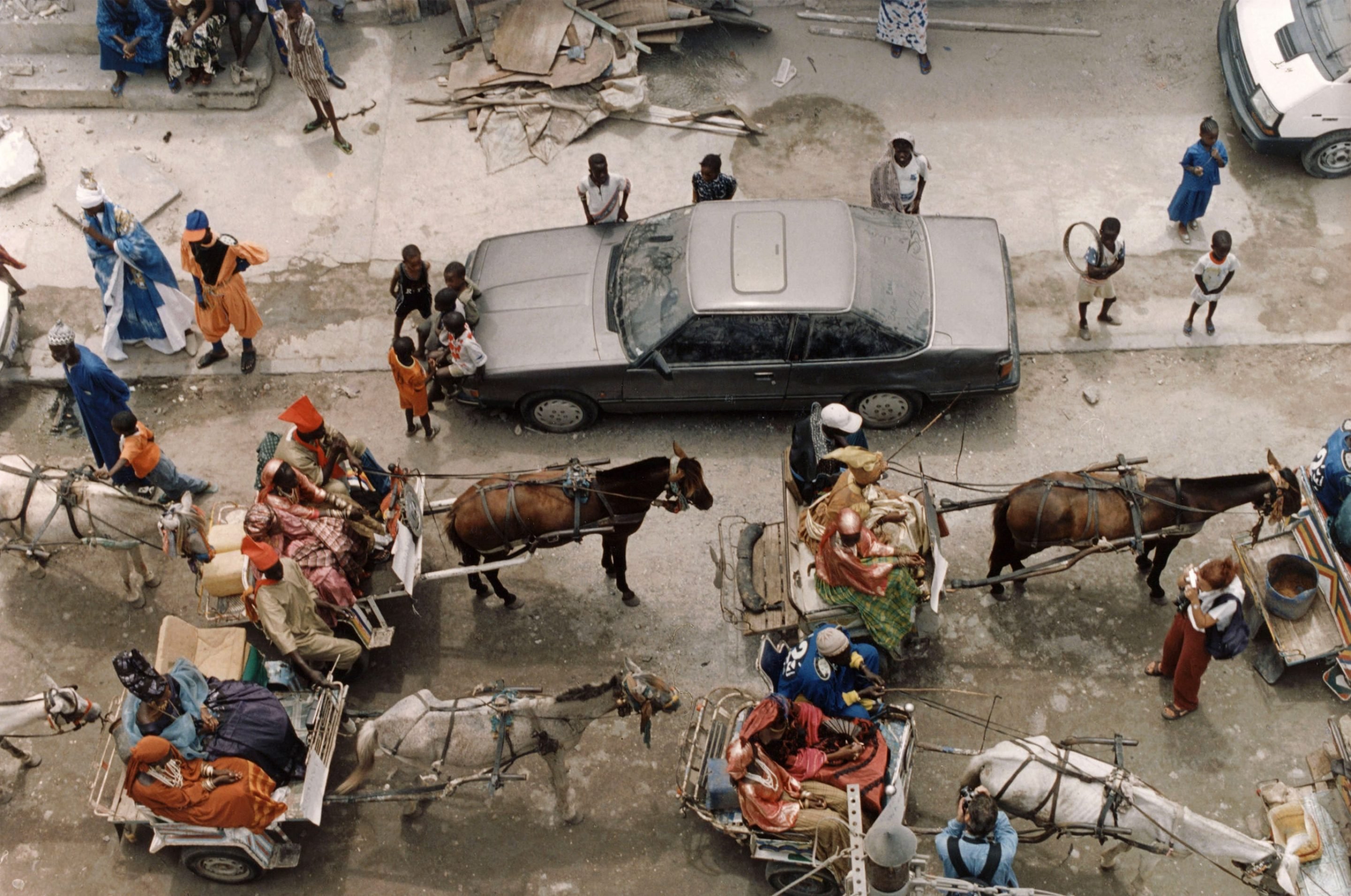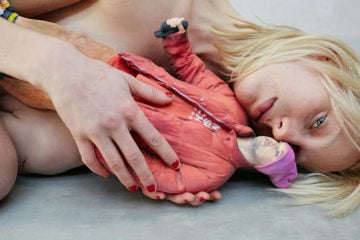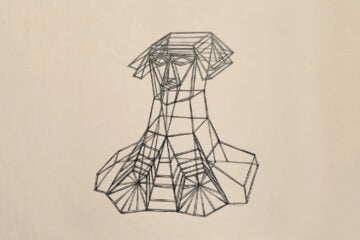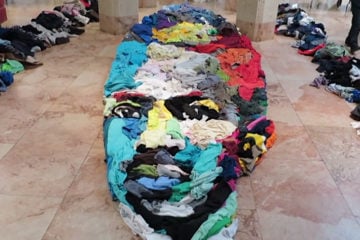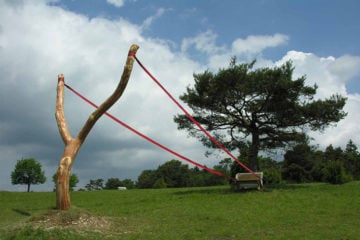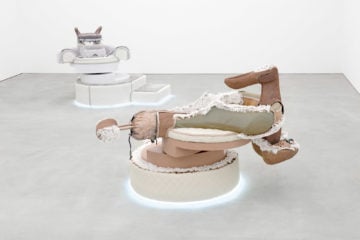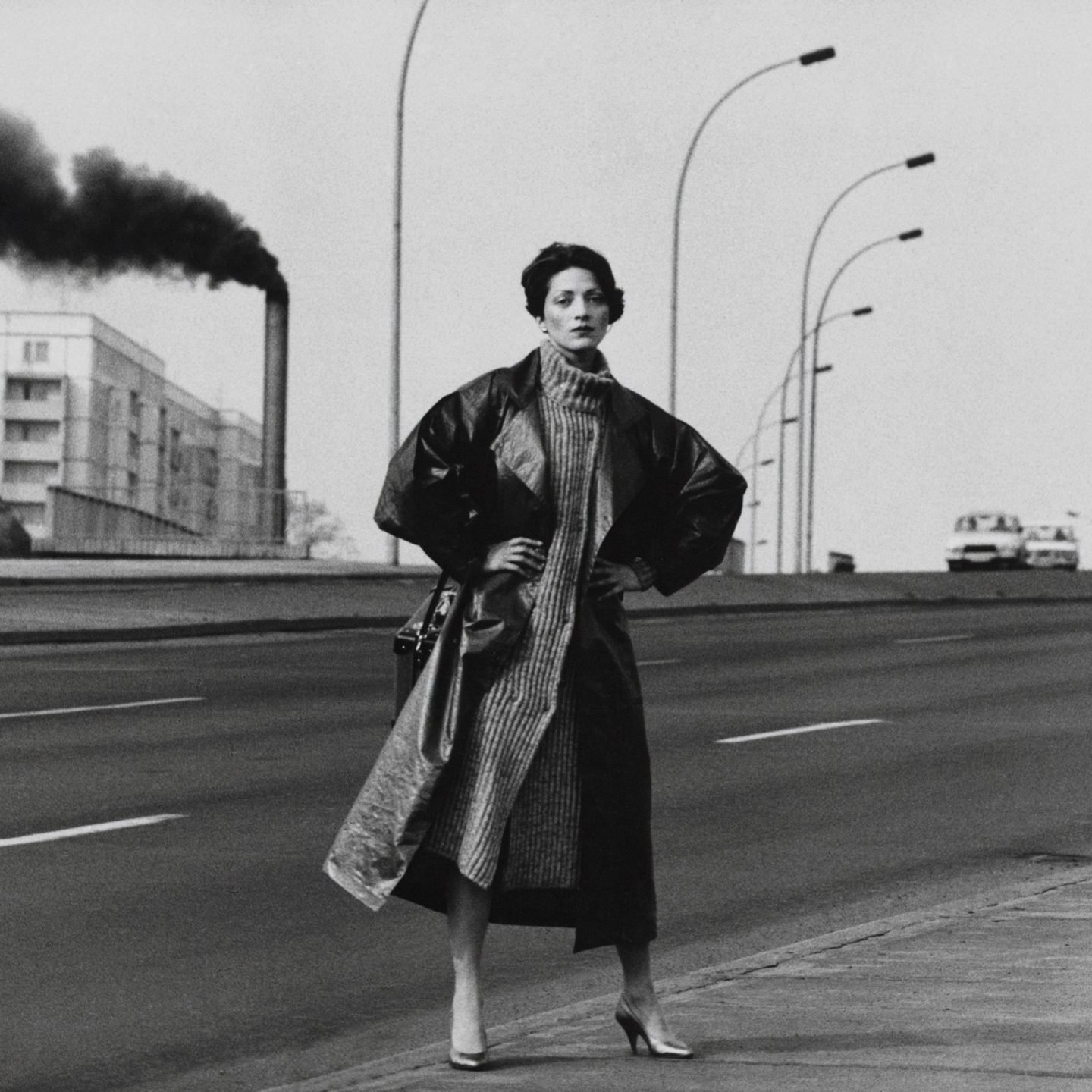
At The Berlinische Galerie, A Glimpse Inside The Visual Universe Of Sibylle Bergemann
- Name
- Berlinische Galerie
- Project
- Town and Country and Dogs, Photographs 1966-2010
- Words
- Devid Gualandris
For over forty years, German photographer Sibylle Bergemann (1941-2010) traveled the world in pursuit of the fleeting moment; telling powerful stories by unveiling the hopes and sorrows of changing societies. In Berlin, the Berlinische Galerie presents the first posthumous museum retrospective of her incredibly sensitive work. Showing an extensive collection from her œuvre, the exhibition titled ‘Town and Country and Dogs, Photographs 1966-2010’ continues her legacy by reflecting on the intimate stories captured by the masterful artist, as well as the social and political nuances of her time.
Born in Berlin in 1941 and trained in clerical office work, Bergemann came into contact with photography in the late 1960s, while working in the editorial department of the illustrated monthly journal Das Magazin in Berlin. There, she met the prestigious East German photographer Arno Fischer (1927-2011), who was to become her advisor, mentor, and lifelong companion. Soon finding herself surrounded by inspiring artists and a vibrant community of fashion and architecture students, Bergemann slowly crafted her unique vision of photography, combining it with her drive to explore and her sensitive approach to the realities of Communist Germany to forge a distinguished career spanning almost half a century.
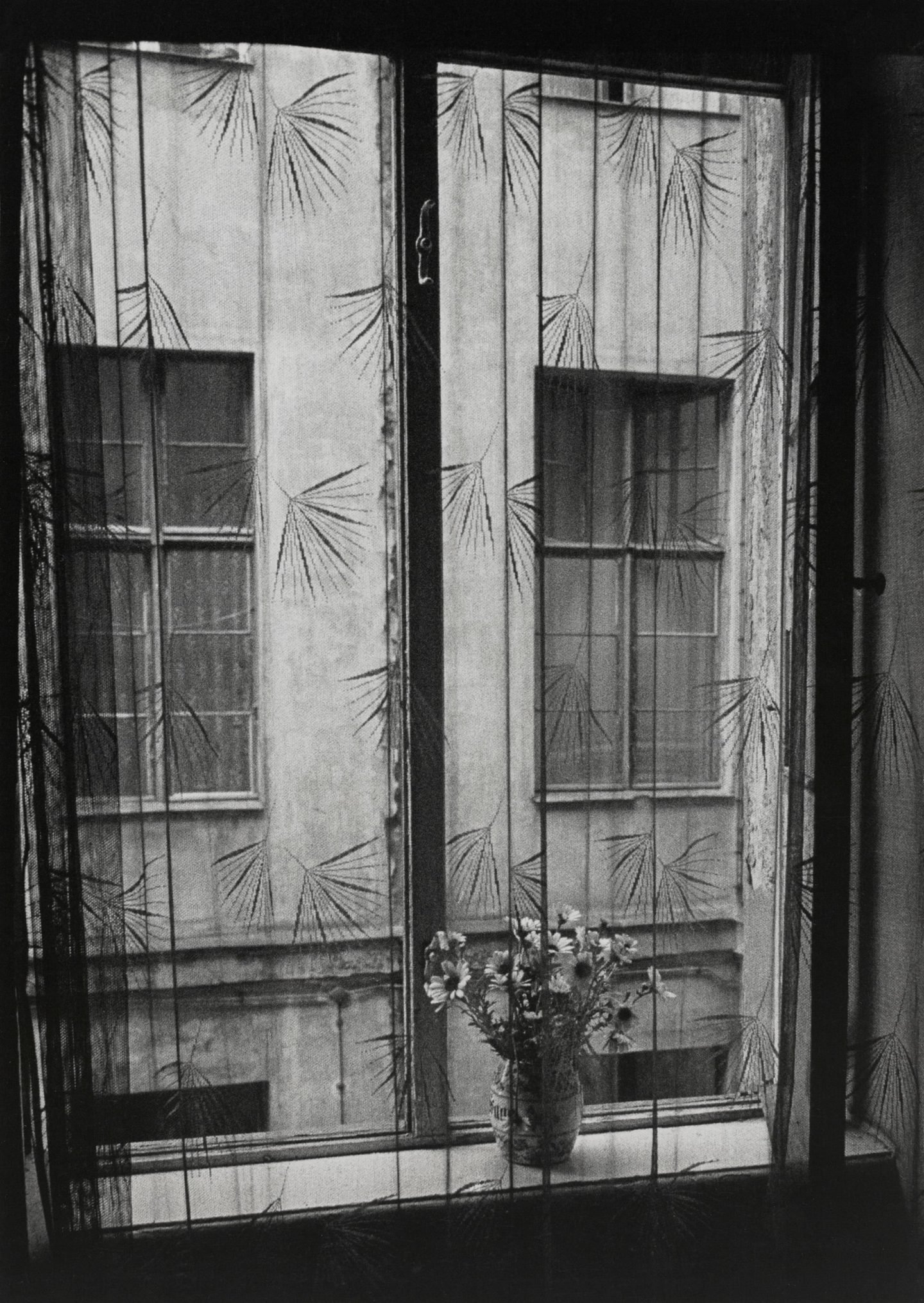
Sibylle Bergemann, Fenster, Berlin © Estate Sibylle Bergemann/OSTKREUZ. Courtesy Loock Galerie, Berlin
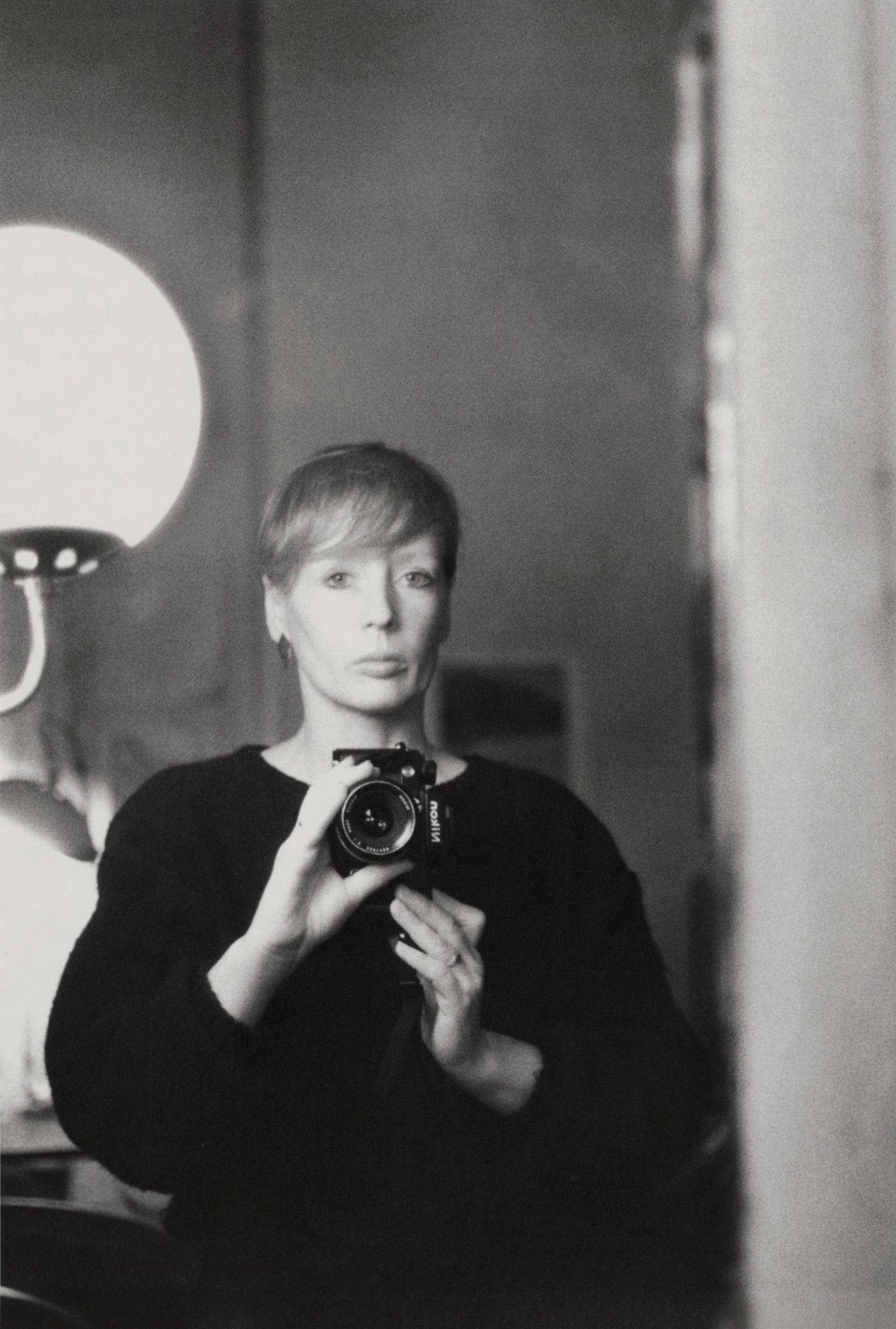
Sibylle Bergemann, self-portrait, Schiffbauerdamm, Berlin 1986 © Estate Sibylle Bergemann/OSTKREUZ. Courtesy Loock Galerie, Berlin
Bergemann began her foray into image-making by documenting the world around her. A great observer of everyday life, she turned the artistry of her eye and lens on the people and places she encountered. Primarily led by intuition, her work translated the quintessence of her perceptions into fascinating visual documentaries—from urban to fashion, from portrait to essay-style reportage photography. Shooting from the perspective of a sightseer, Bergemann placed her subjects in their social milieu and urban habitat, formulating a critical analysis of the reality during the times of the German Democratic Republic (GDR), also known as East Berlin. Featuring not only stylish women at the beach or posing against peeling facades and dilapidated industrial buildings, but also ordinary interiors and architectural details, her images documented the sensibilities, developments, and tumultuous changes during the Communist era, contributing to the diversification of East German visual culture.
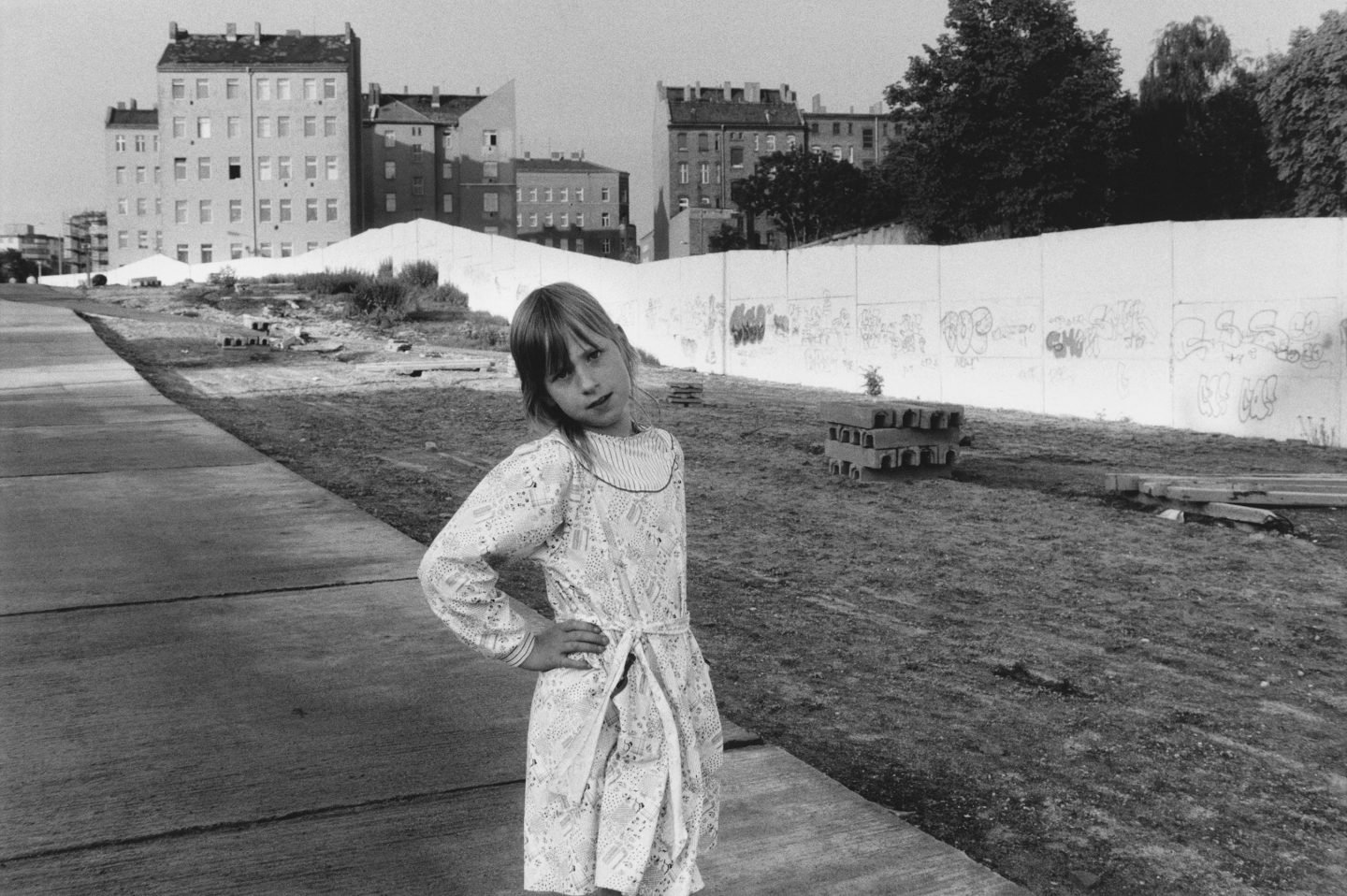
Sibylle Bergemann, Bernauer Straße, Berlin 1990 © Estate Sibylle Bergemann/OSTKREUZ. Courtesy Loock Galerie, Berlin
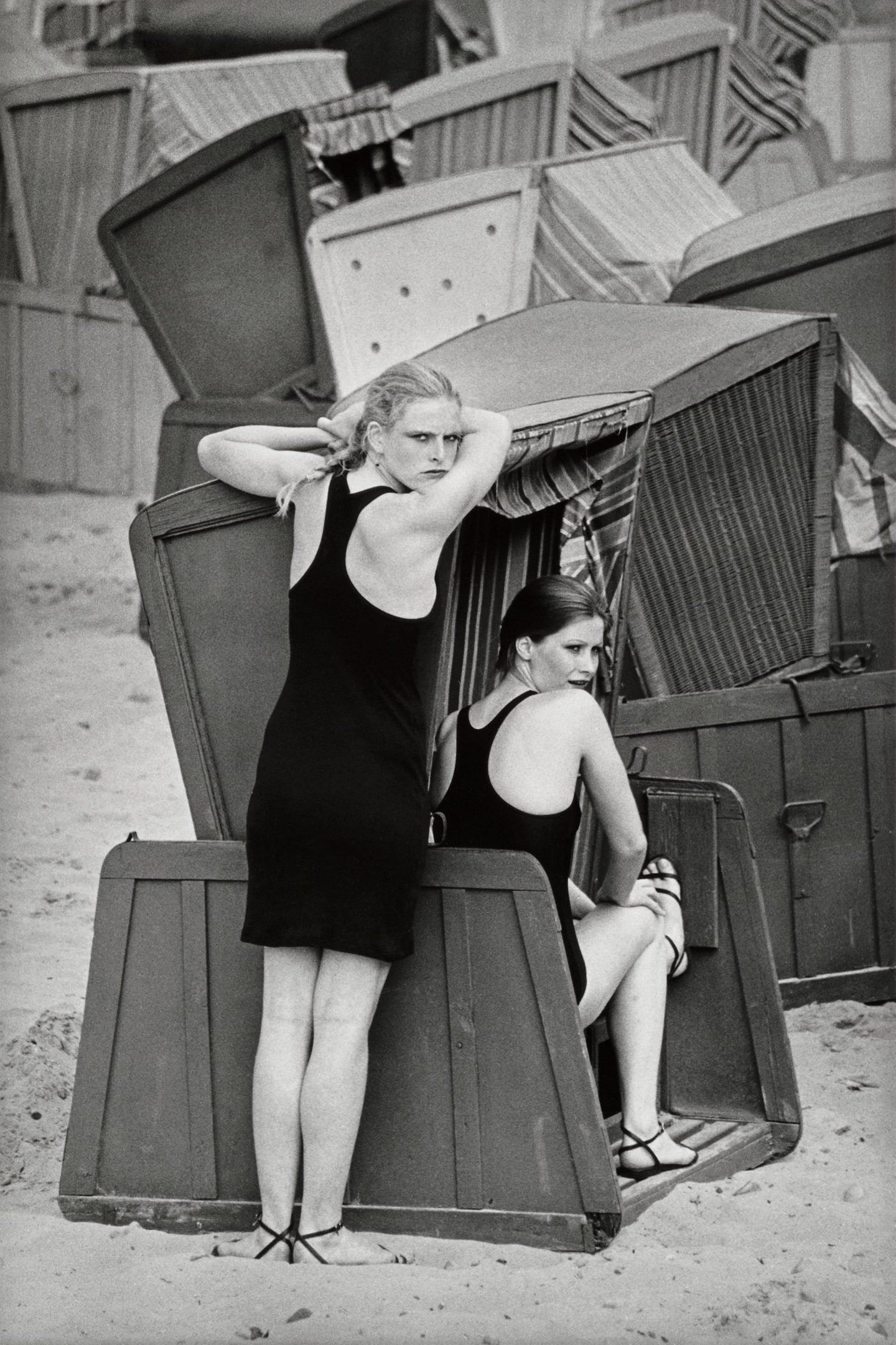
Sibylle Bergemann, Marisa and Liane, Sellin 1981 © Estate Sibylle Bergemann/OSTKREUZ
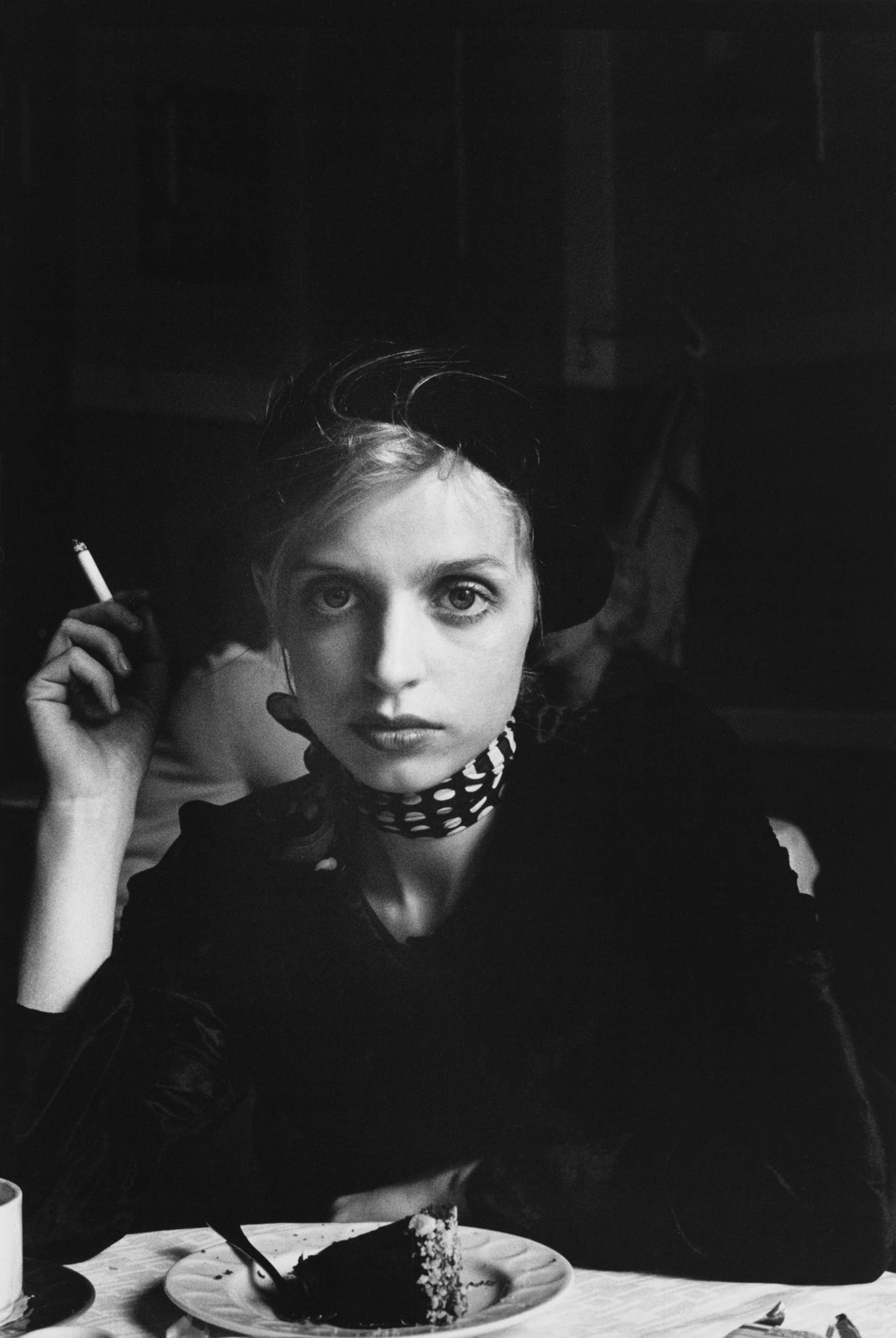
Sibylle Bergemann, Katharina Thalbach, Berlin 1974 © Estate Sibylle Bergemann/OSTKREUZ. Courtesy Loock Galerie, Berlin
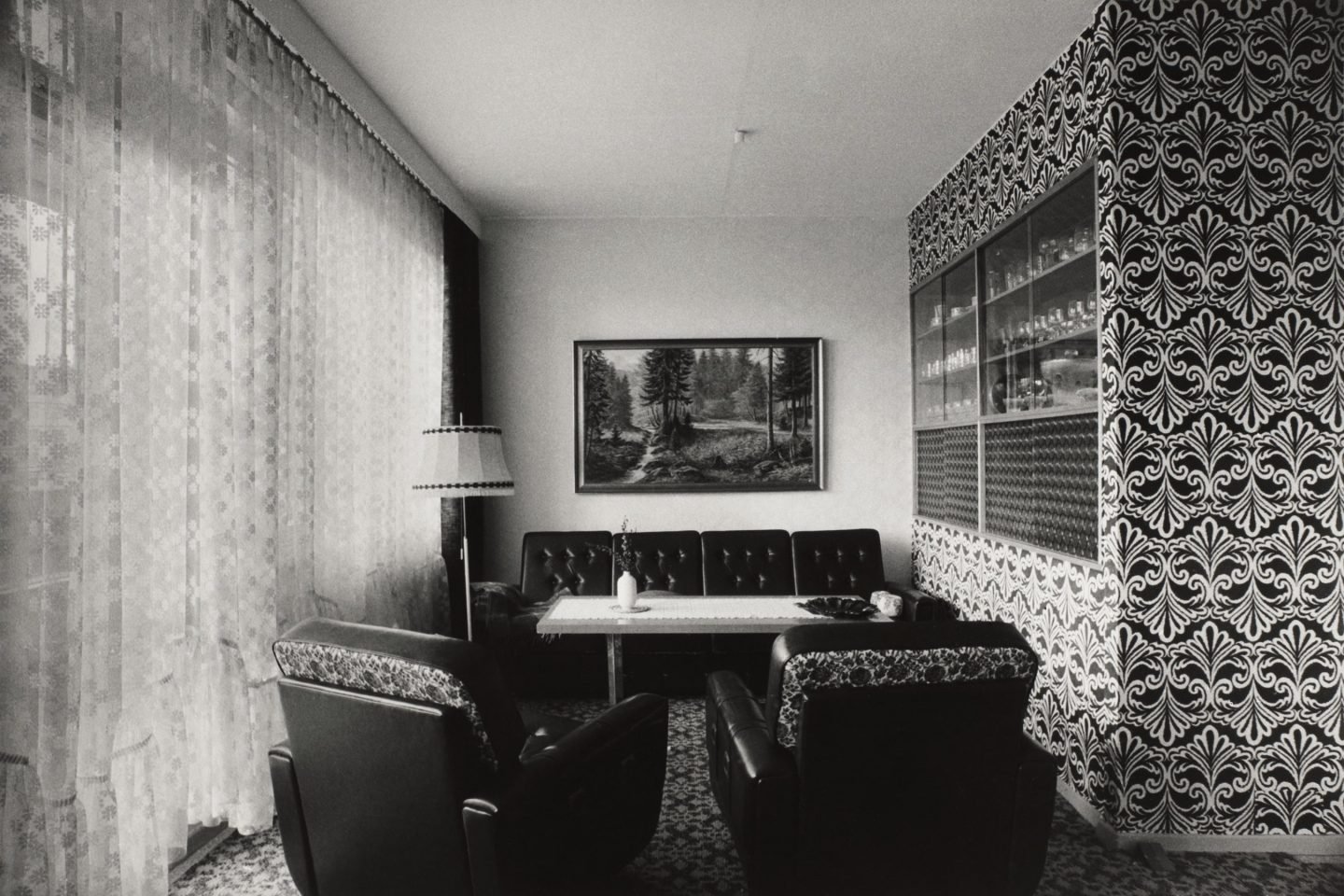
Sibylle Bergemann, P2, 1981 © Estate Sibylle Bergemann/OSTKREUZ
Bergemann became one of the most significant representatives of GDR photography. Throughout the 70s and 80s, her work found its way into major exhibitions and publications, including the magazine Fotografie—an organ of the Central Photography Commission (ZKF)—and East German illustrated magazines, such as the more free-thinking periodicals Sibylle, Sonntag, and Das Magazin. Today, her enduring legacy is carried in the photographs showcased at ‘Town and Country and Dogs, Photographs 1966-2010,’ in the rooms of the modern art, photography, and architecture museum, the Berlinische Galerie, in Berlin’s dynamic Kreuzberg neighborhood.
An exciting body of work that is both dream-like and a sensitive documentary, the curated selection of over 200 photographs—30 of which have never been published before—speaks of the passage of time, of the fragile, the intimate, and the undiscovered. Divided into six chapters—‘An Invisible Observer,’ ‘Berlin,’ ‘Women,’ ‘Moscow, Paris, New York,’ ‘The World in Color,’ and ‘Back in Berlin’—the exhibition highlights the photographer’s main themes and recurring motifs, namely cities, women, and dogs. A testament to her mastery of composition and remarkable use of black-and-white as well as color, the images emphasize how Bergemann magnificently conveyed candor and irony in the frame, while serving as a chronological guide to her evolving œuvre, from 1966 until 2010.
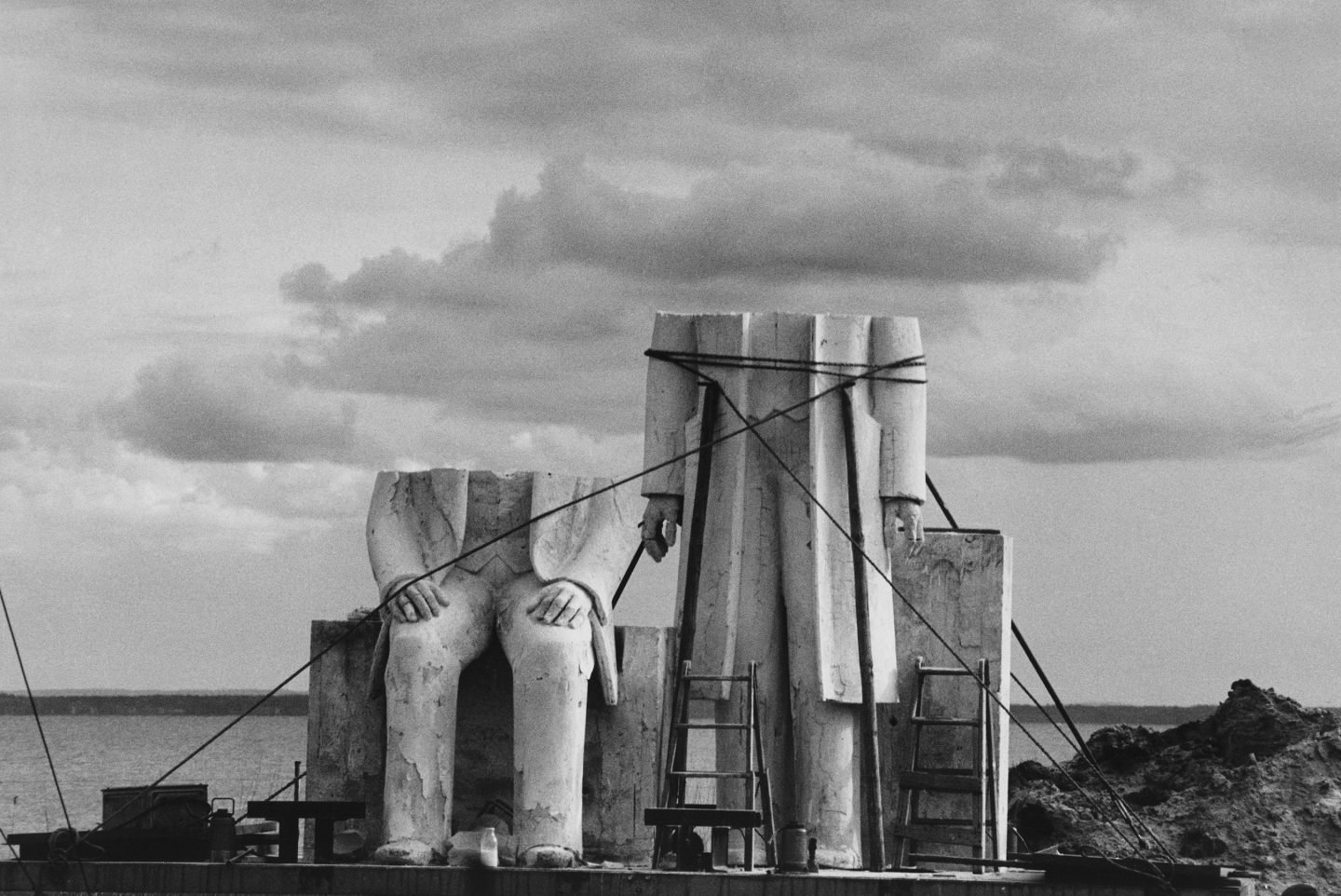
Sibylle Bergemann, Das Denkmal, Gummlin, Usedom, May 1984 © Estate Sibylle Bergemann/OSTKREUZ. Courtesy Loock Galerie, Berlin
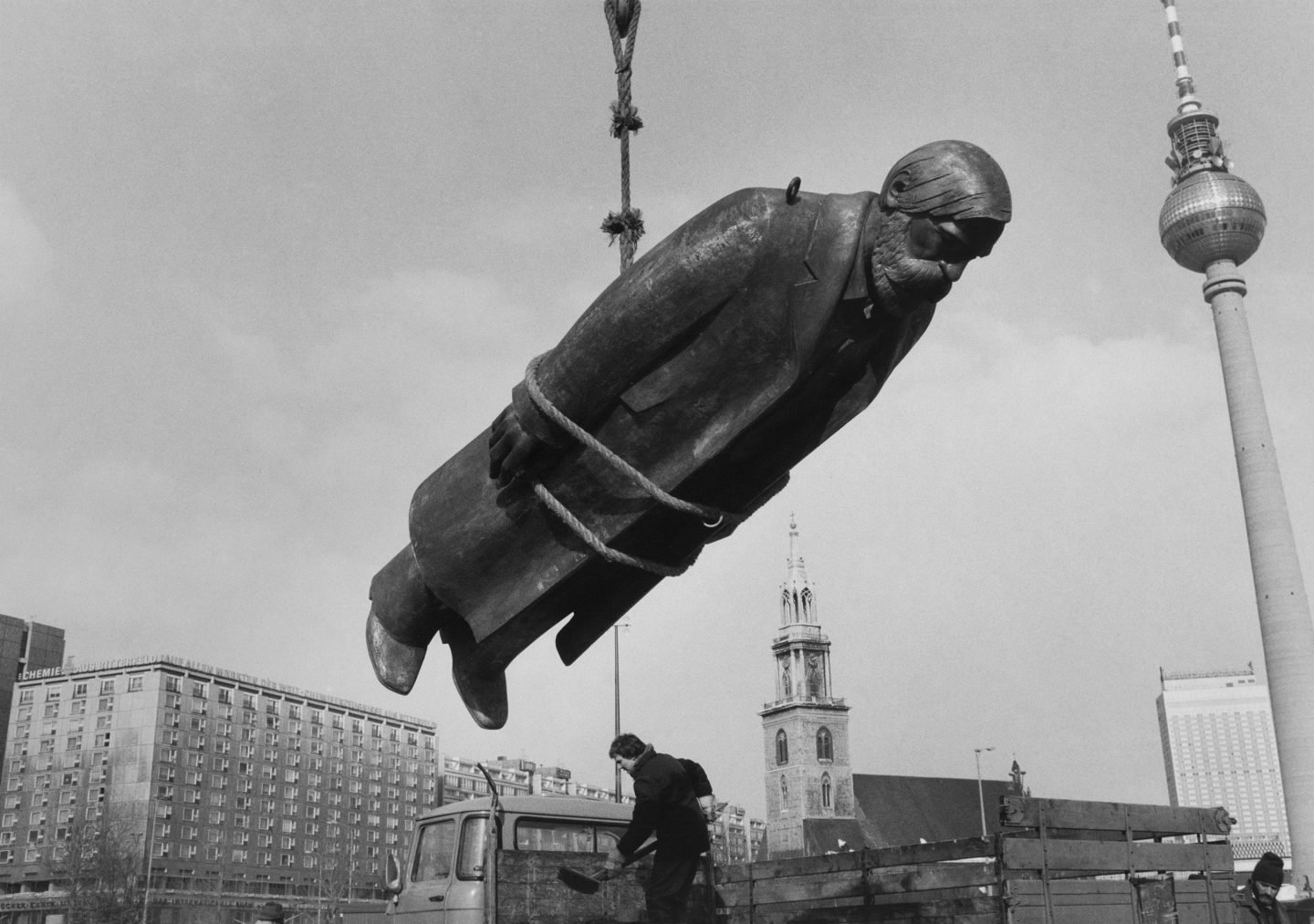
Sibylle Bergemann, Das Denkmal, Berlin, February 1986 © Estate Sibylle Bergemann/OSTKREUZ. Courtesy Loock Galerie, Berlin
On display is Bergemann’s most iconic work, the commissioned series ‘Das Denkmal’ [The Monument]. Undertaken over eleven years, from 1975 until 1986, the series documents the erection of the Marx and Engels Monument in Berlin-Mitte. Unique and emblematic, it depicts fragmented, veiled, and tied-up bodies in what seems like a foretelling of the GDR’s downfall—later, the floating figure of Friedrich Engels suspended from a crane was often used by the media to symbolize the end of that era. Making up much of the collection are also Bergermann’s exquisite images of women. Portrayed from a female gaze, the subjects were often actors, artists, writers, and fashion models; at times posed in humorous, defiant, or relaxed expressions, at others, proudly occupying the center of the photographic frame, with an incisive gaze. Driven by the beauty of spontaneity, Bergemann sought situational fashion recorded in natural settings for these fashion series. Nevertheless, she was rigorous and methodical with the portraits, directing and arranging models—their careful positioning highlighting the intricate details of the clothing.
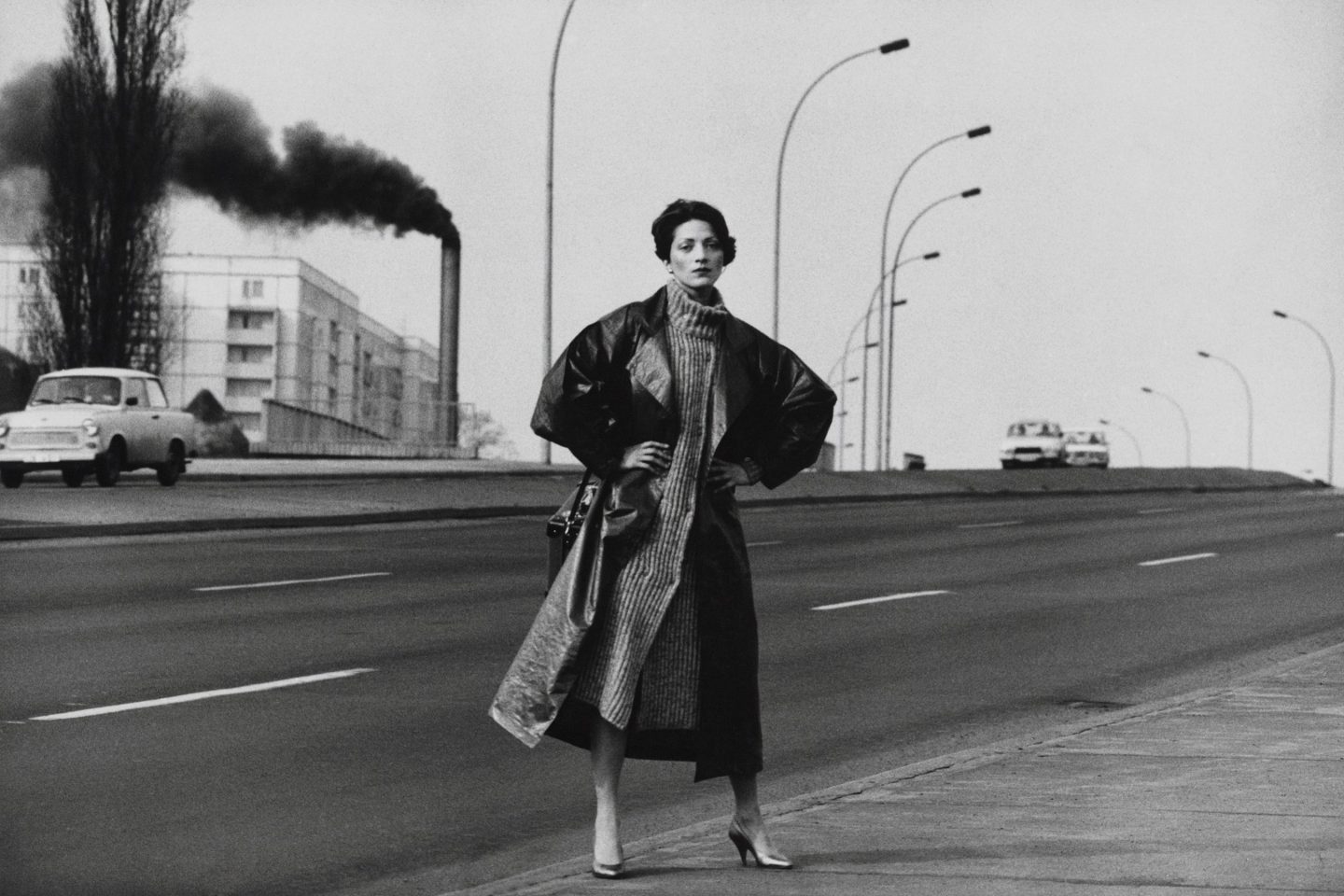
Sibylle Bergemann, Birgit, Berlin 1984 © Estate Sibylle Bergemann/OSTKREUZ. Courtesy Loock Galerie, Berlin
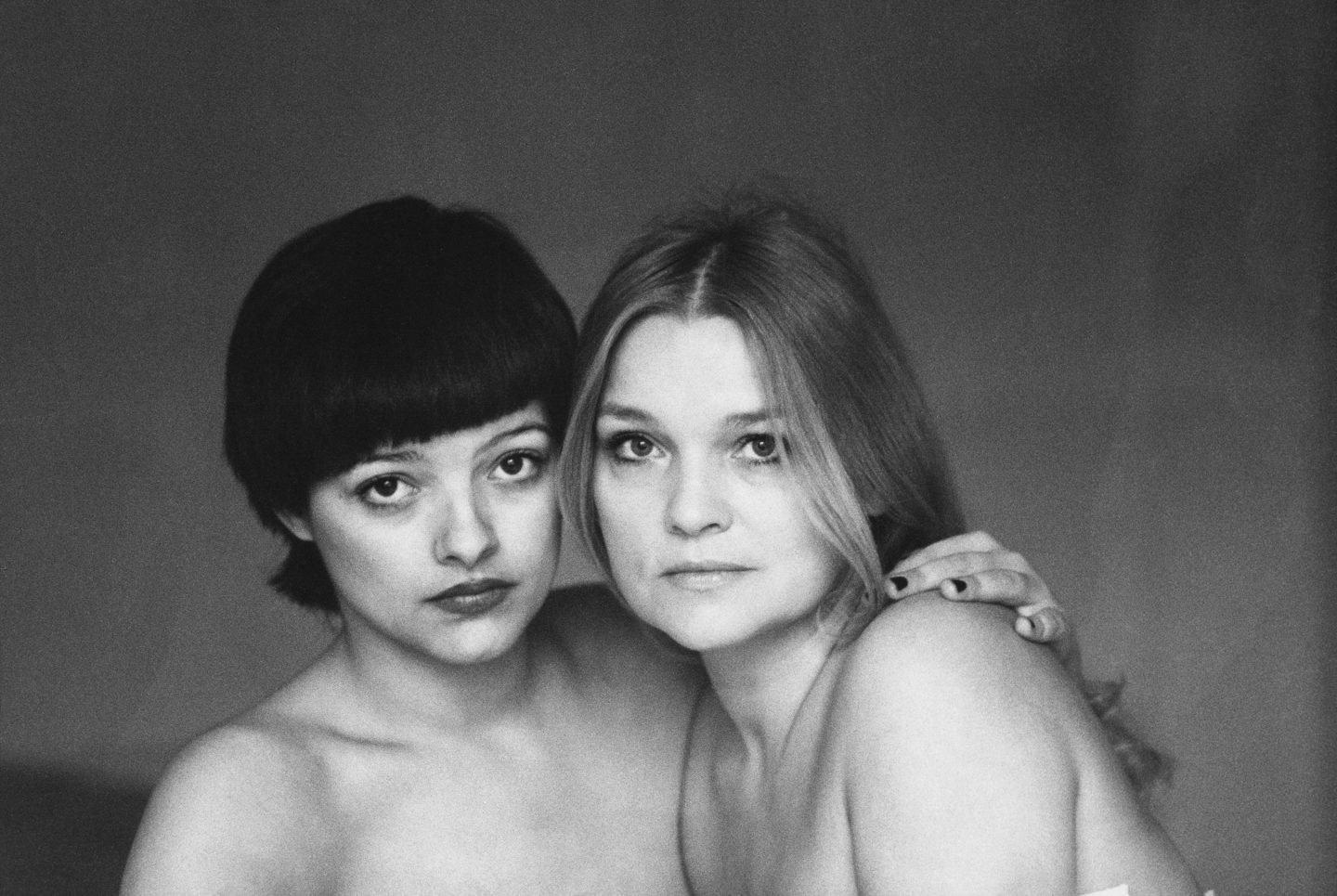
Sibylle Bergemann, Nina and Eva Maria Hagen, Berlin 1976 © Estate Sibylle Bergemann/OSTKREUZ. Courtesy Loock Galerie, Berlin
Bergemann yearned for far-off places—her unremitting drive for adventure took her photographic practice all over the world, from Berlin to Paris, New York, and Moscow. From the 1990s, after the fall of Communism, popular German periodicals such as Geo and Stern, and later Spiegel and Die Zeit, started commissioning international work, sending Bergemann on trips for reportages, with missions including Ghana, Mali, and Senegal. As the photographer traversed the world’s continents, capturing the everyday of traditional and globalized societies, her style extended to color—which was essential for international photojournalism. As highlighted in the section ‘The World in Color,’ this was to become a stylistic element in her late photographs, resulting in enraptured, crisp, and vibrant images that proclaimed new and unfamiliar realities.
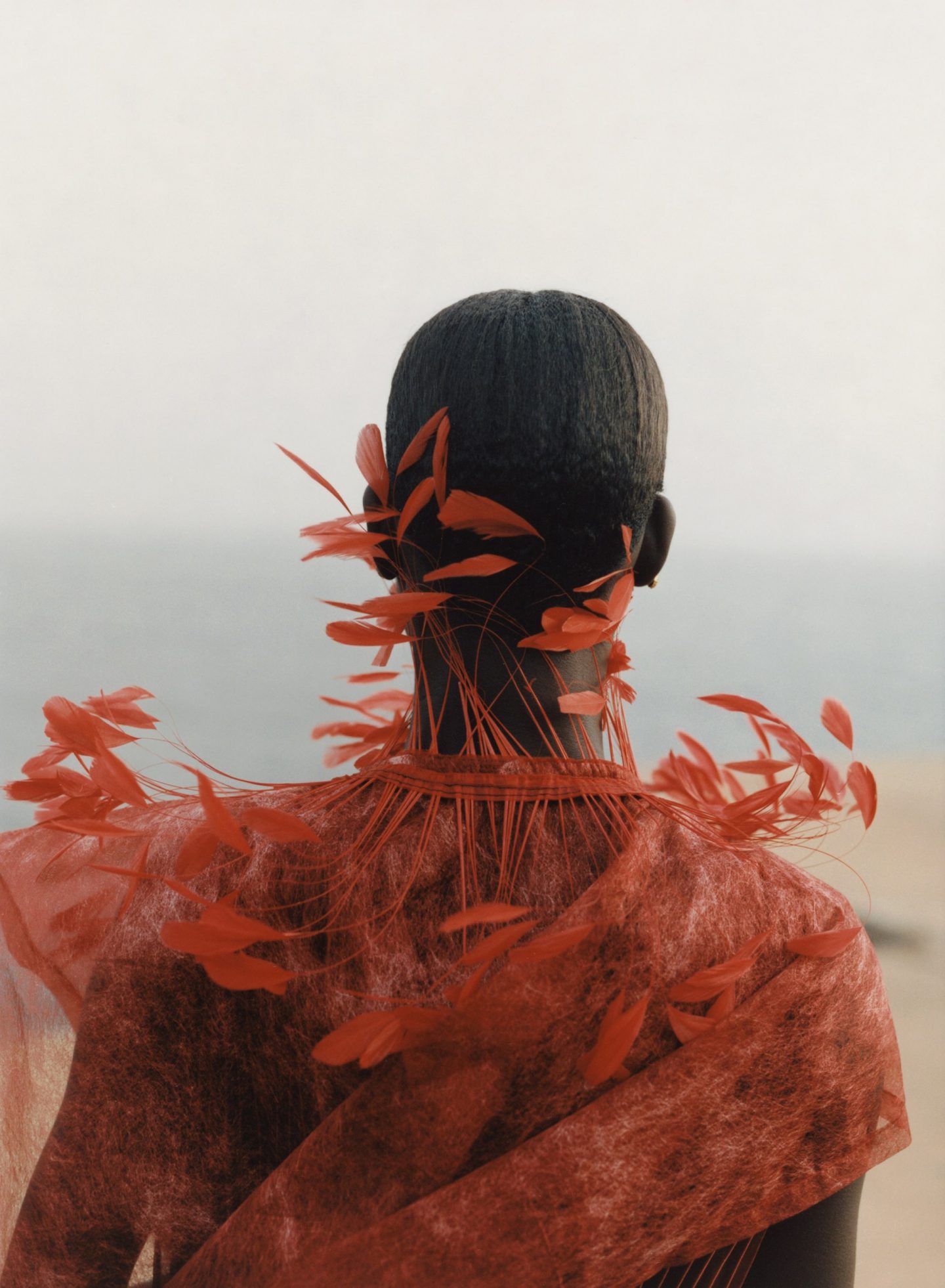
Sibylle Bergemann, Dakar, Senegal 2001 © Estate Sibylle Bergemann/OSTKREUZ. Courtesy Loock Galerie, Berlin
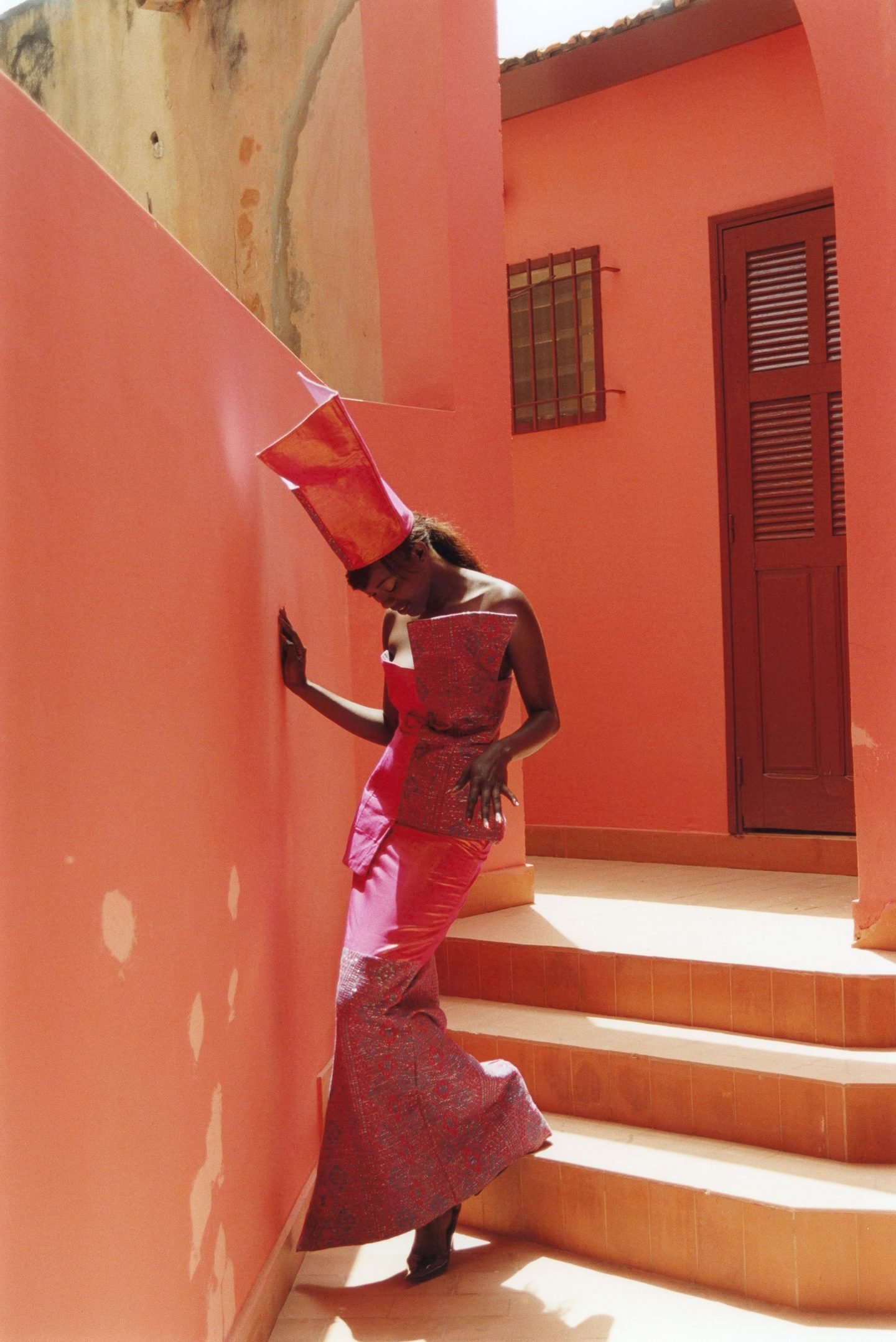
Sibylle Bergemann, Bassé, Île de Gorée, Senegal 2010 © Estate Sibylle Bergemann/OSTKREUZ. Courtesy Loock Galerie, Berlin
Throughout her career, Bergemann wanted to establish photography as a vehicle of expression as well as a tool for autonomy—she wished to tell stories on her own terms, in her own way. In October 1990, as Germany reunited, the photographer teamed up with colleagues Harald Hauswald, Ute Mahler, Werner Mahler, Jens Rötzscg, Thomas Sandberg, and Harf Zimmermann to create Ostkreuz, an agency for photographers. The idea behind it was to unite their experiences so as to remain independent and survive as professionals under the new conditions of Western market capitalism by supporting each other and managing their own image rights. Paying homage to Bergemann’s ever-present strong spirit of fellowship, community, and co-operation, a final section of the exhibition, titled ‘Habitats,’ displays her work alongside photographs by Arno Fischer, Ute Mahler, Roger Melis, and Michael Weidt, providing a glimpse into Bergemann’s private and social context while revealing her strong ties with her contemporaries.
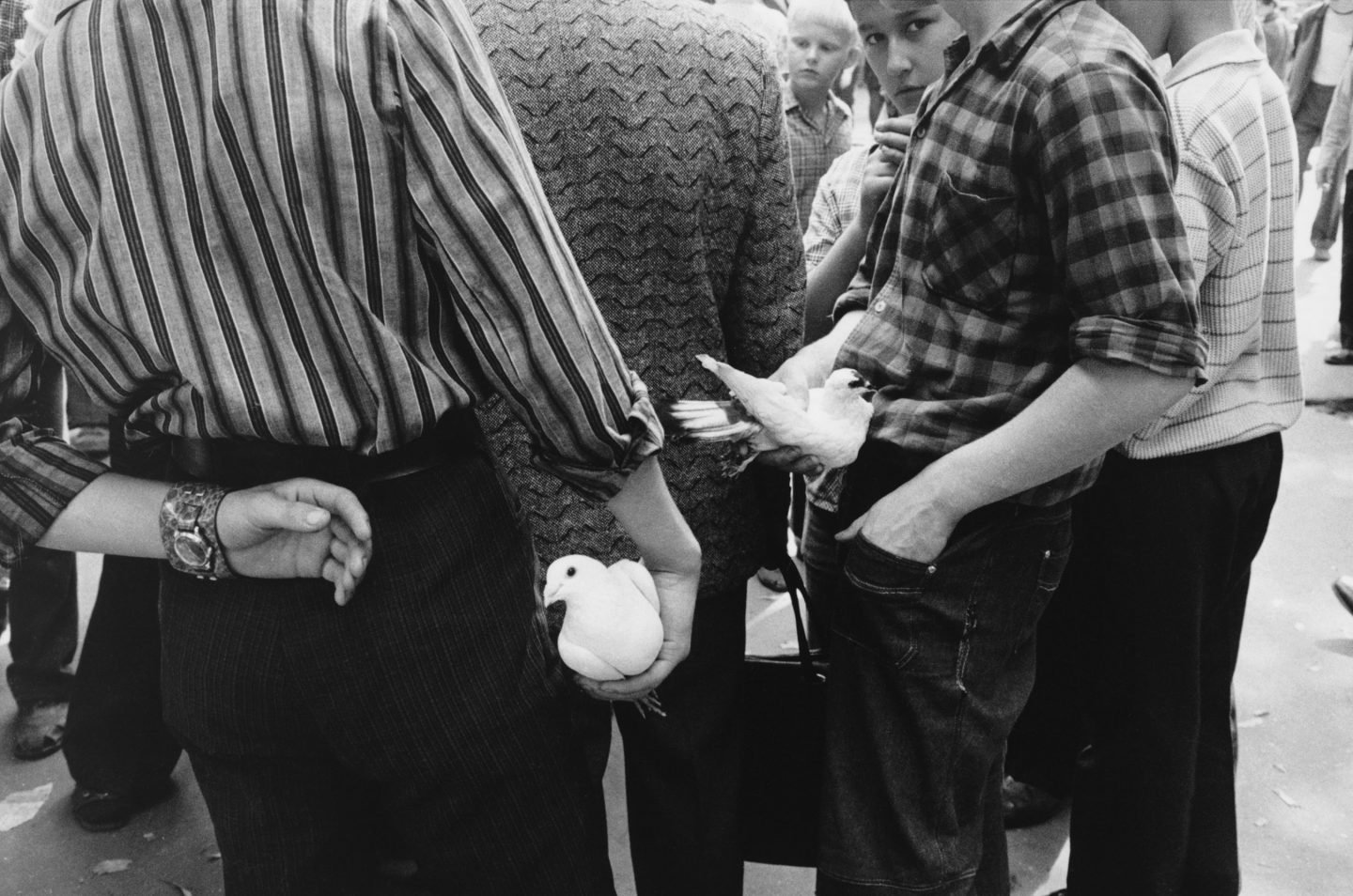
Sibylle Bergemann, Moscow, 1974 © Estate Sibylle Bergemann/OSTKREUZ
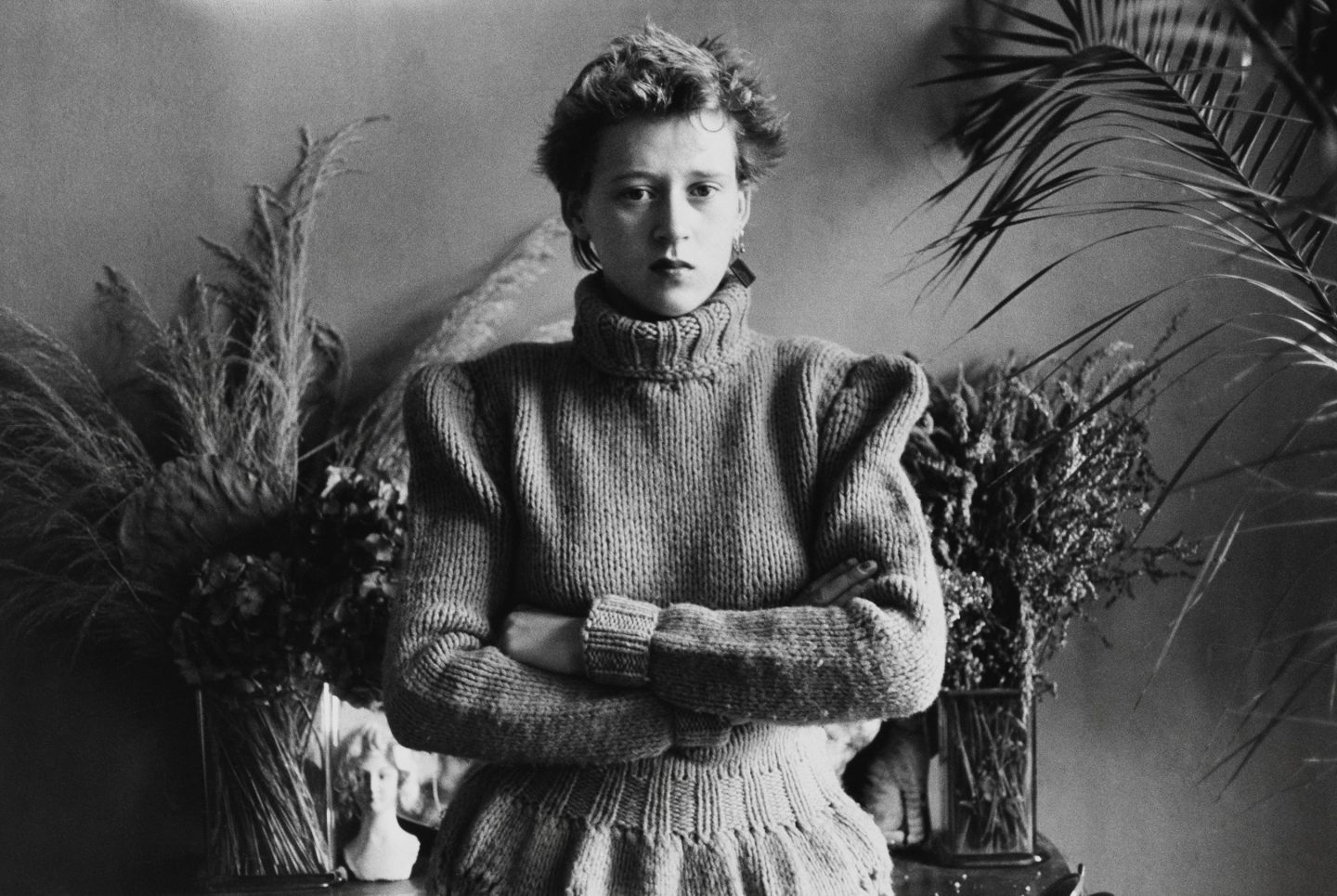
Sibylle Bergemann, Frieda, Berlin 1982 © Estate Sibylle Bergemann/OSTKREUZ
“I want to bring reality into the pictures,” Bergemann declared in 1994. Today, strolling through the rooms of the Berlinische Galerie, one feels that sentiment all the more, and can only attest to the success of her project. From the melancholic black-and-white photographs of Berlin in the 1960s to the color prints after the Berlin wall, her unique photographs and scenes from everyday life reveal the overlooked details, unexpected characters, and forgotten stories that marked not only Germany’s complicated history but the world’s compelling past and present, leaving the viewer as much tantalized as informed.
‘Town and Country and Dogs, Photographs 1966-2010’ is on view at the Berlinische Galerie until october 10th, 2022. For more details on the exhibition, click here.
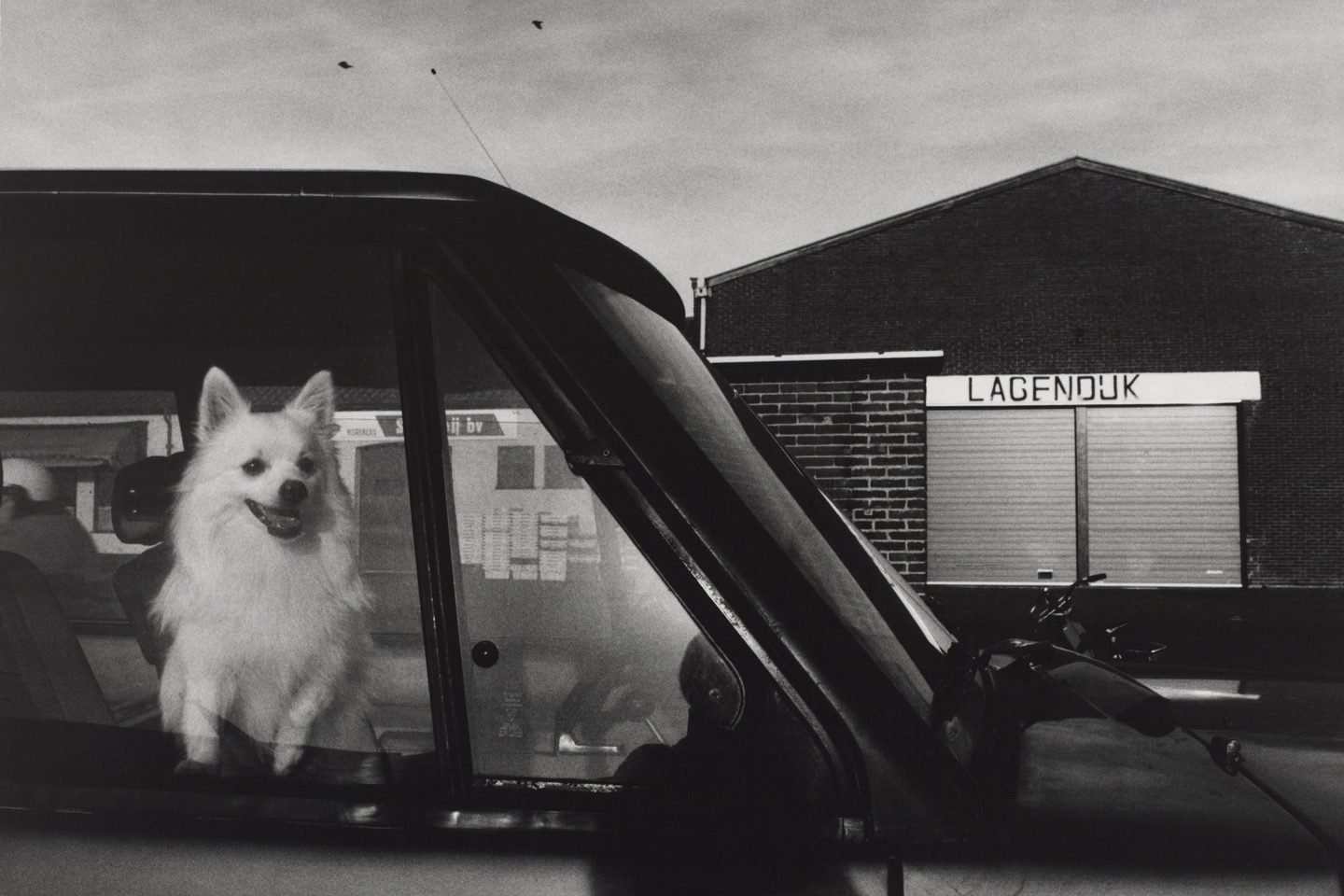
Sibylle Bergemann, Netherlands, 1986 © Estate Sibylle Bergemann/OSTKREUZ. Courtesy Loock Galerie, Berlin
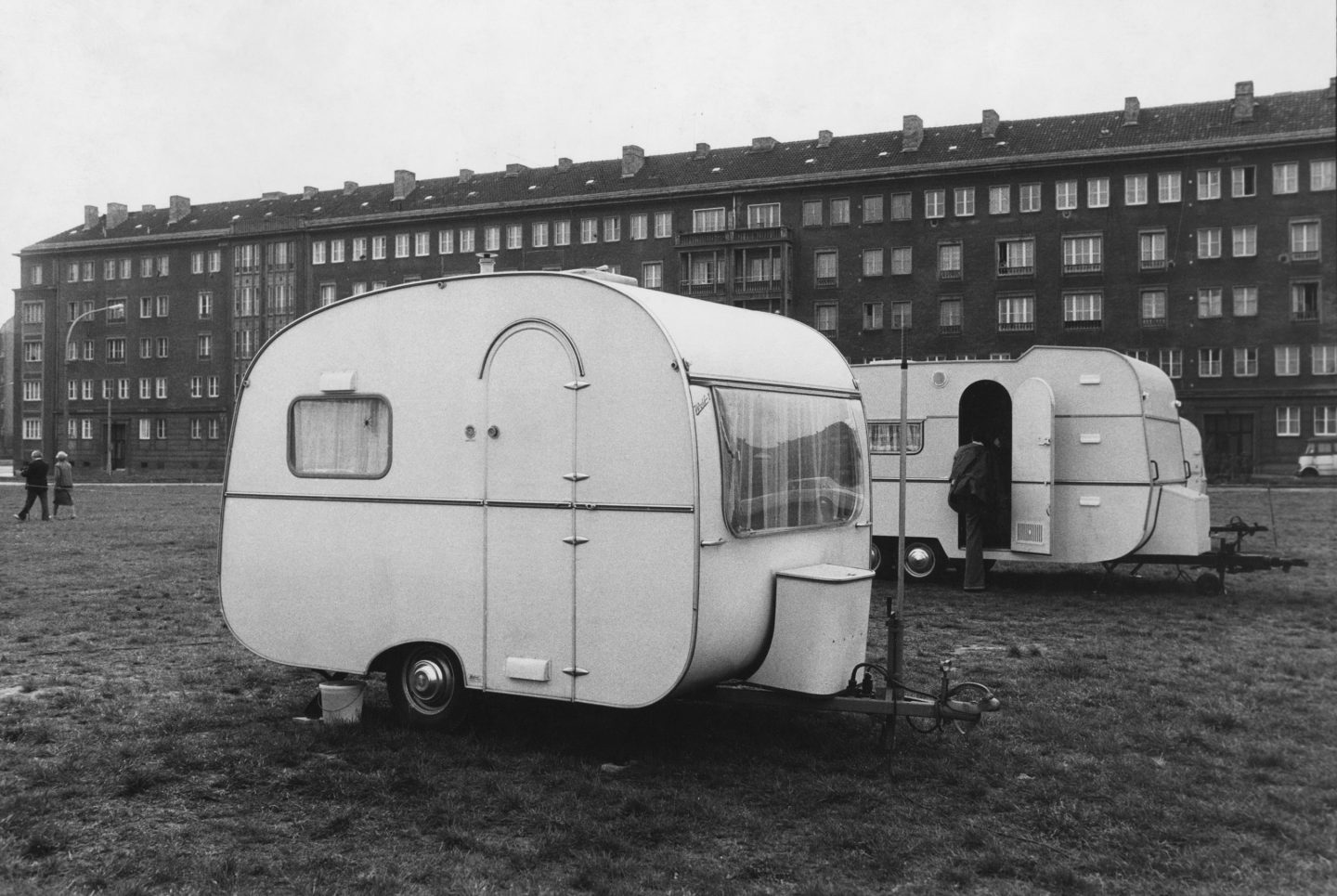
Sibylle Bergemann, Caravan-Exhibition, Berlin 1980 © Estate Sibylle Bergemann/OSTKREUZ. Courtesy Loock Galerie, Berlin
ADDRESS
Berlinische Galerie
Alte Jakobstraße 124-128
10969 Berlin
OPENING HOURS
Wed-Mon: 10.00-18.00
Closed on Tuesdays
CONTACT
Website
